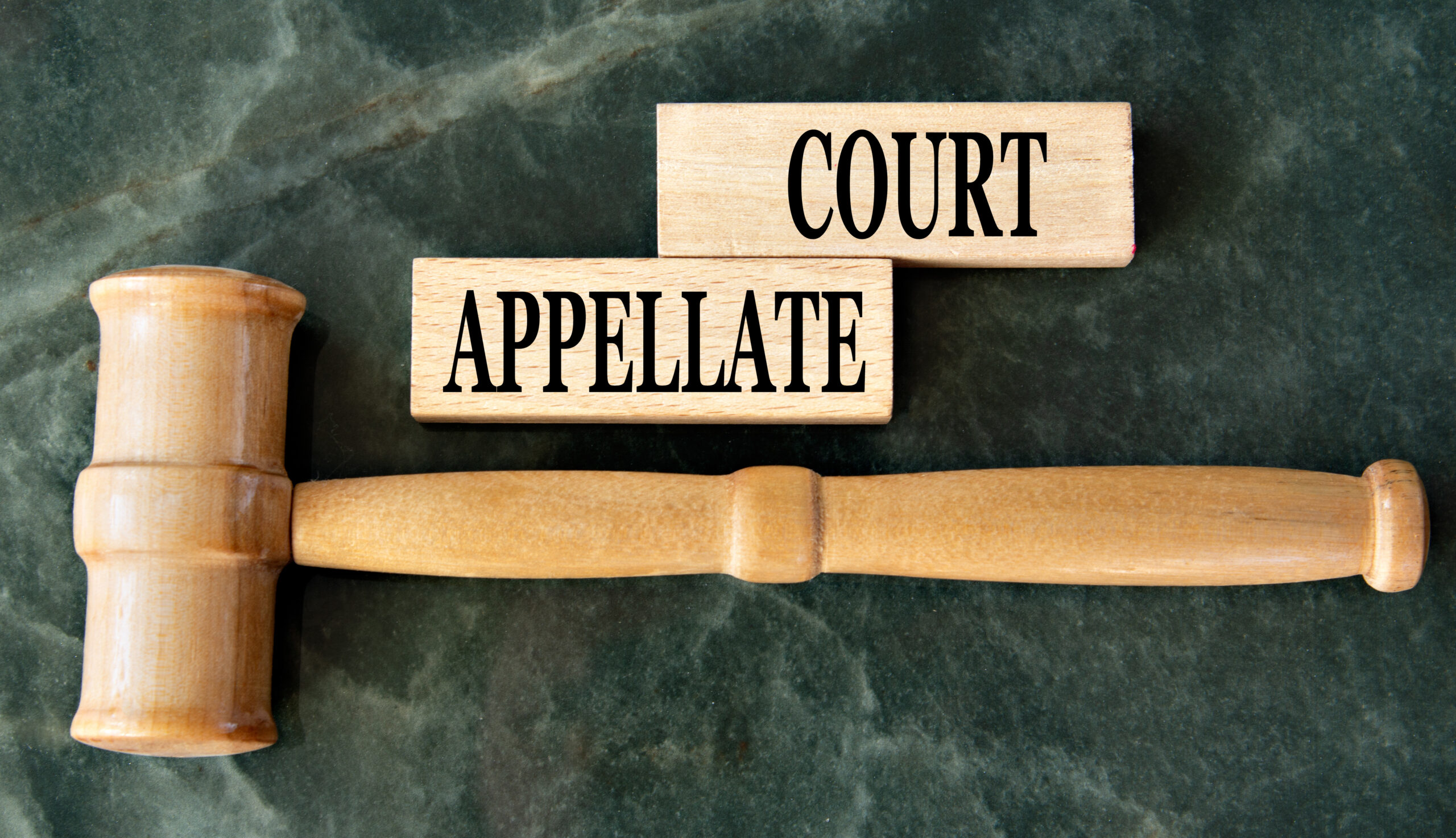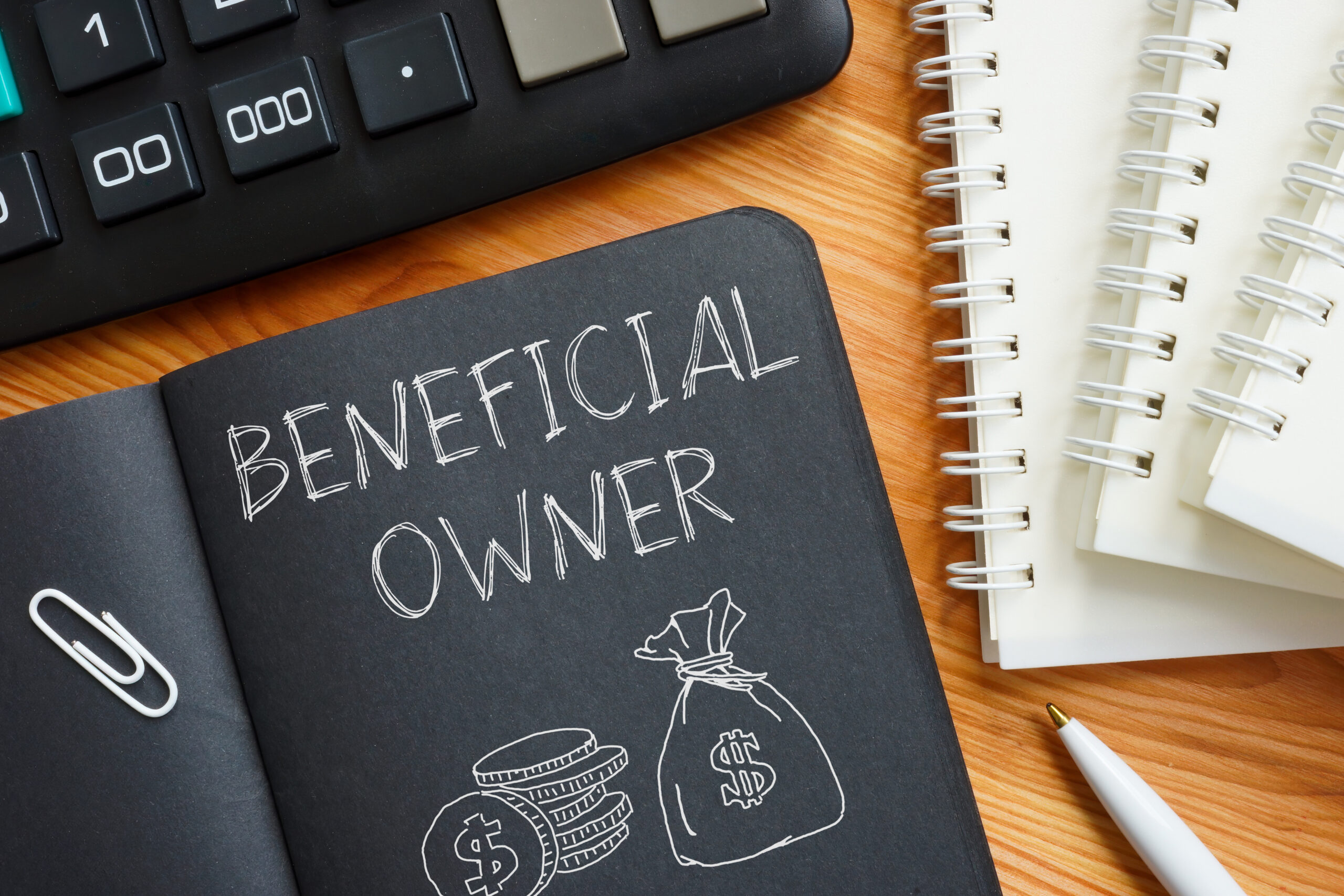For most businesses, customer bankruptcies have become an accepted, if regrettable, facet of business life. Unfortunately, many businesses are too accepting of the bad news, and assume that with a bankruptcy filing any hope of payment is lost. At best, maybe they will receive a Trustee’s check for pennies on the dollar several years down the road, long after the bad debt has been written off. However, there are remedies available and prompt action can, in some cases, yield much better results.
In some instances, creditors may be able to recoup a shipment of goods, or recover part of the money your company is owed. In other cases, a demand for return of product (called reclamation) may result in the award of a priority claim, paid at the rate of 100 cents on the dollar.
Chapter 11 vs. Chapter 7
Chapter 11 is the form of bankruptcy that permits a debtor to remain in business, and to develop a plan for paying its creditors. The reorganization process is subject to close supervision by the bankruptcy court, and many debtor actions require court approval. However, for the most part a Chapter 11 debtor (known as a “debtor in possession”) is entitled to operate its business in the ordinary course as it seeks to reorganize.
In comparison, under Chapter 7, a business debtor generally ceases operating, and trustee is appointed to liquidate the debtor’s assets and to make distributions to creditors.
When a business bankruptcy is filed, under either Chapter 7 or Chapter 11, an “automatic stay” goes into effect, which prevents creditors from most collection activity and other legal action. This is intended to preserve the assets, either to permit reorganization or for equal distribution after liquidation.
Under both Chapters, the debtor must provide the court with “schedules” and a “statement of financial affairs” that include detailed lists of:
- Income and expenses;
- Assets of various kinds;
- All liabilities;
- Contracts and leases;
- Pending litigation involving the debtor;
- Recent asset transfers;
- The identities of all known creditors; and
- The ownership of the debtor
The goal of a reorganization is to have the debtor propose a plan to repay its debts. In Chapter 11, creditors have the opportunity to vote on accepting the plan. The reorganization process can easily take more than a year, but sometimes, cases move much more quickly. Likewise, in Chapter 7 the liquidation process may drag on before creditors see any recovery. Often, the delay results from the time needed to pursue claims by the trustee through litigation, or to stabilize an on-going business.
Despite the sometimes slow progress of the bankruptcy process, time may be of the essence for some actions creditors need to take, if only to secure their place at the head of the line when a distribution is eventually made.
When you learn that a customer has filed bankruptcy, there are some steps that should be taken immediately.
20 Days from Date of Sale
If a sale of goods was made within 20 days of the bankruptcy filing, you may be able to file an administrative claim. An administrative claim establishes priority over general unsecured creditors. If you have a valid administrative claim, it will be paid as a priority claim ahead of other unsecured claims. It may be necessary to seek legal assistance to file an administrative claim. Even if you have a properly filed and allowed administrative claim, you still may have to wait to receive payment, but at least you will have secured your place at the head of the line.
45 Days from Sale Date
If goods were sold within 45 days of the filing of the bankruptcy, find out if they have been shipped and received. If the shipment has not yet been delivered, you can stop the delivery. If delivery has already occurred, and the debtor has established its insolvency by virtue of a bankruptcy filing, the Uniform Commercial Code gives you the right to file a reclamation demand.
If this is the case, within 45 days of the delivery, or within 20 days of the initiation of the bankruptcy — assuming the 45 day period ends after the bankruptcy is filed — you must send a letter of reclamation. Be careful to include a detailed description of the goods in question so there will be no basis for confusion.
Even with the submission of a timely demand, additional action may be required to best position your company to receive payment.
Filing a Proof of Claim
Based upon the publicly filed schedules, you should determine how the debtor has listed the amount owed. If the amount is incorrect or if the debtor disputes the amount owed by listing it as “disputed,” “contingent” or “unliquidated,” you may be required to file a proof of claim.
The proof of claim is a form used to indicate the amount owed by the debtor on the date of the bankruptcy filing. The proof of claim form must be filed in the same court where the bankruptcy is filed and often there is a strict, and sometimes short, deadline within which to file a claim. It is important to file before the deadline. While sometimes the filing of a claim may have jurisdictional implications, in most cases, this is an inexpensive step to take that will make sure your claim is taken into account and that the creditor receives timely notices and an opportunity to vote on a plan of reorganization. When in doubt concerning the pros and cons of filing a claim, consult with counsel.
Participation in a Creditors’ Committee
In a Chapter 11 case, a Creditors’ Committee is appointed to act as a watchdog, to ensure that the Debtor fulfills its obligations, in place of a trustee. If you are one of the largest unsecured creditors, you can ask to be appointed to the Creditors’ Committee. Members are appointed by the United States Trustees and are able to oversee the reorganization process. Being part of this Committee enhances the chances of getting paid. The Creditors’ Committee has the right to be heard as part of the bankruptcy proceedings. The Committee also has the right to retain counsel and, if warranted, accountants and financial advisors, to advise the Committee and to represent its interests, and those of the unsecured creditor body as a whole, in the bankruptcy case. The purpose is to negotiate with all parties involved so that all unsecured creditors — including Committee members — get the maximum recovery possible. The professional expenses of the Committee’s advisors are paid as expenses of the bankruptcy estate, which means the members of the Committee are generally not responsible for those fees. However, because the fees and expenses of the Committee’s professionals come out of “the pot” from which claims are to be paid, care should be exercised to ensure that those fees are not excessive and do not impair the distribution to creditors.
Options for Secured Creditors
Secured creditors, that is those that have a lien on property of the debtor, are in a superior position to unsecured creditors when it comes to getting paid. Such creditors are entitled to receive at least the value of the collateral securing their lien. Thus, in a Chapter 11 case, the plan should provide for such treatment, which may be make payments over time with interest, through the sale of the collateral and payment of the proceeds to the creditor, or other options.
Secured creditors may also obtain relief from the automatic stay, including having it lifted or modified to permit the creditor to protect its interest in the property securing its lien. This may ultimately permit a creditor to take back the property, sell it and apply the proceeds to the outstanding debt. In other cases, it may result in the requirement that the debtor make periodic cash payments to the creditor, while it uses the collateral for its business.
Landlords and Lessors
The Bankruptcy Code contains special provisions relating to leases of real and personal property. These provisions can be complex and often require proactive action on the part of the landlord or lessor of personal property. Whether you are a landlord or leasing company, you may be entitled to receive on-going payments of rent and, in some cases where rent payments are not made, an administrative claim for post-bankruptcy rent payments. There are also steps you can take to obtain the ability to evict a bankrupt tenant and regain possession of leased space, or recover possession of leased property. However, such actions usually require the filing of an appropriate motion in the bankruptcy court, lest they run afoul of the protection of the automatic stay.
Learning of a customer’s bankruptcy filing can be disappointing. Yet, there are some steps that can be taken to minimize losses. Staying on top of your customers’ credit can be very important. Watching for trends, like increased days between payments, can avoid losses. Many businesses and lenders regularly check the public records for bankruptcy filings. This permits them to take prompt action when a bankruptcy hits. As the tips above demonstrate, delayed action can greatly reduce the ability to recover payment. Although some business losses are inevitable, there are tactics to minimize avoidable losses. Working with knowledgeable professionals and fully exploring the options can be more beneficial than simply assuming the worst and accepting a loss as inevitable and unavoidable.









